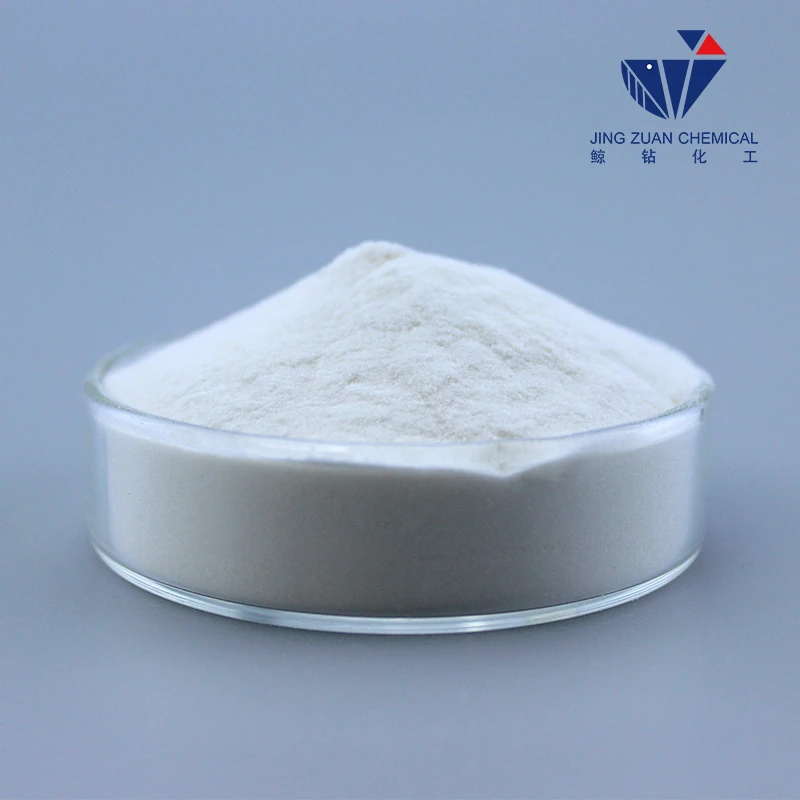
okt. . 10, 2024 06:51 Back to list
hpmc types
Understanding HPMC Types A Comprehensive Overview
Hydroxypropyl Methylcellulose (HPMC) is a cellulose derivative widely used in various industries due to its unique properties and versatility. It is a non-ionic, water-soluble polymer that offers numerous functionalities, making it a valuable ingredient in pharmaceuticals, food, cosmetics, and construction sectors. This article delves into the different types of HPMC, their characteristics, applications, and benefits.
Types of HPMC
HPMC can be categorized based on the degree of substitution and the viscosity of the polymer. The primary types of HPMC include
1. Low Viscosity HPMC This type has a low molecular weight and minimal viscosity. It is often used in applications requiring quick dispersion and hydration, such as in certain food products and pharmaceuticals. Low viscosity HPMC dissolves rapidly in cold water, making it suitable for instant soups, sauces, and dietary supplements.
2. Medium Viscosity HPMC As the name suggests, this type has a moderate molecular weight and viscosity. Medium viscosity HPMC provides a balance between gel strength and fluidity, making it suitable for various applications, including emulsions, suspensions, and coating formulations. It is commonly used in the production of tablets, where it serves as a binder and disintegrant, enhancing the tablet's performance.
3. High Viscosity HPMC This type features a high molecular weight, resulting in increased viscosity. High viscosity HPMC is utilized in applications that require thickening, stabilization, and controlled release. It is often used in the formulation of gels, creams, and ointments in the cosmetic and pharmaceutical industries. Due to its thickening properties, it can enhance the texture and stability of products, making it a popular choice for manufacturers.
4. HPMC for Specific Applications Beyond the general classifications, HPMC is also tailored for specific applications. For instance, HPMC used in the food industry is often designed to meet specific regulatory standards and functional requirements. Similarly, HPMC types used in construction (often referred to as construction-grade HPMC) are formulated to provide optimal performance in cement-based products, improving workability and adhesion.
Applications of HPMC
hpmc types

The diverse nature of HPMC allows it to be employed across various industries
- Pharmaceuticals In the pharmaceutical sector, HPMC is widely used as a binder in tablet formulations, stabilizer in suspensions, and a coating agent for controlled-release products. Its biocompatibility and non-toxic nature make it an ideal choice for drug delivery systems.
- Food Industry HPMC is utilized as a thickening agent, emulsifier, and stabilizer in food products. It is often found in ice creams, sauces, and dressings, where it enhances texture and prevents separation.
- Cosmetics and Personal Care In cosmetics, HPMC is employed as a thickener and film-forming agent in creams, lotions, and gels. It improves the sensory attributes of products and ensures stability over time.
- Construction HPMC is used in the construction industry to enhance the workability of mortars and grouts. It improves the adhesion of cement mixtures and helps in controlling the water retention of the mixes, allowing for better application and finish.
Benefits of HPMC
The advantages of using HPMC are numerous. It is a flexible ingredient that can adapt to various formulations, ensuring product consistency and efficiency. HPMC is also environmentally friendly, biodegradable, and safe for human consumption in appropriate quantities. Its ability to form films and enhance stabilization can lead to improved shelf life and product quality.
Conclusion
Understanding the different types of HPMC is critical for formulators and manufacturers seeking to optimize their products across various applications. With its unique properties and versatility, HPMC continues to play an essential role in enhancing performance, stability, and quality in a wide range of industries. As research advances and new formulations are developed, the potential for HPMC will undoubtedly expand, offering even more innovative solutions for various applications.
-
What Is HPMC: Meaning,Applications
NewsApr.02,2025
-
Redispersible Polymer Powder (Rdp): Uses, Price, And Suppliers
NewsApr.02,2025
-
Hydroxyethyl Cellulose (Hec): Uses, Suppliers, And Buying Guide
NewsApr.02,2025
-
Hpmc (Hydroxypropyl Methylcellulose): Applications, Suppliers, And Buying Guide
NewsApr.02,2025
-
Guide to Mortar Bonding Agent
NewsApr.02,2025
-
Buying Guide to Redispersible Powder
NewsApr.02,2025







